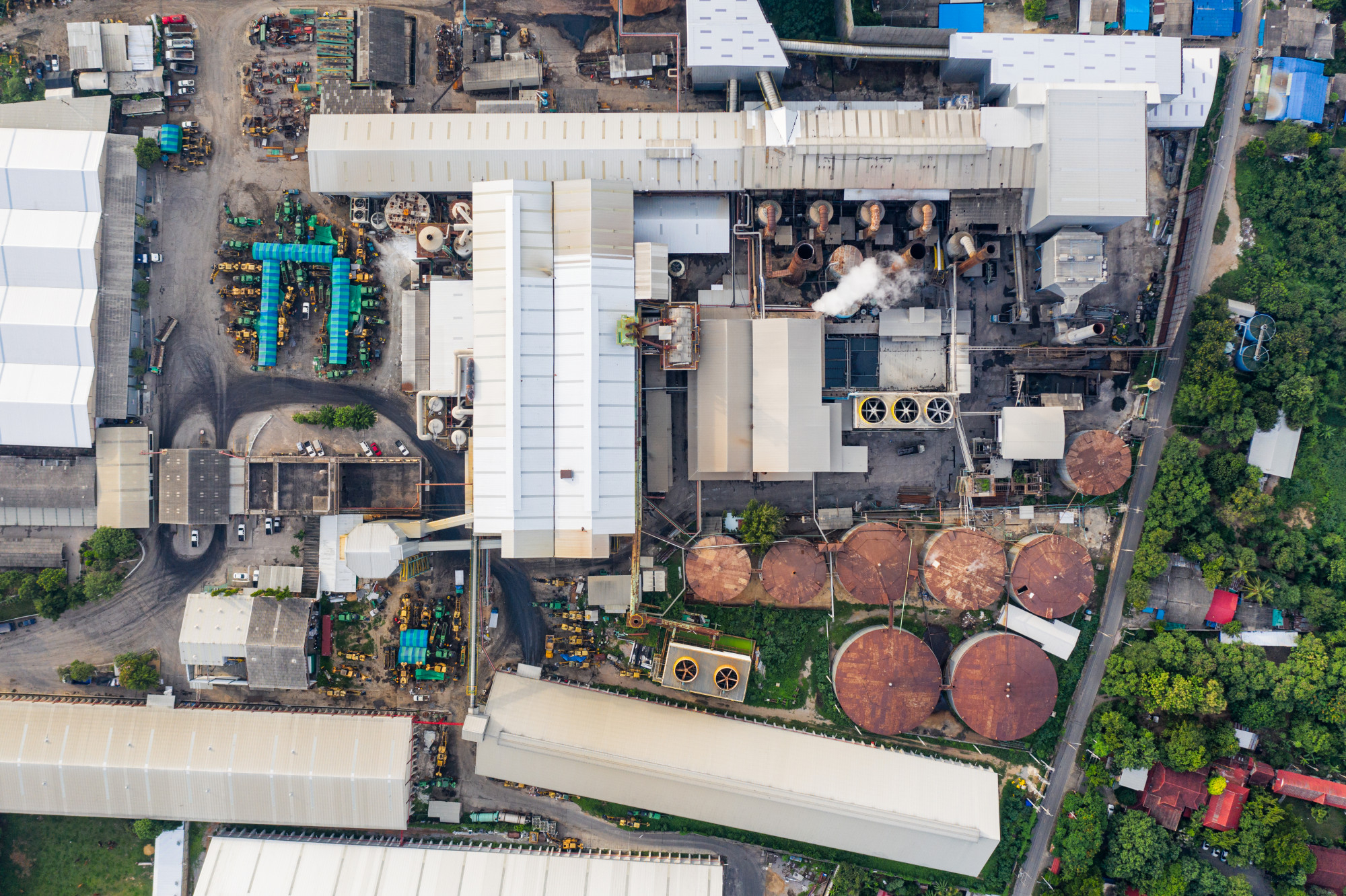How Industrial Clusters Drive Indonesia’s Economic Growth
Industrial clusters are shaping Indonesia’s path to economic success. Since 2000, the country has maintained an average annual GDP growth of 4.9%—two percentage points above the global average. This performance places Indonesia ahead of 80% of upper-middle-income countries. To become a high-income country by 2045, the nation needs to accelerate this rate to 5.4% annually.
While Indonesia has achieved impressive results in reducing poverty—dropping from 70% in 1984 to under 2% in 2023—it still faces major economic challenges. Manufacturing can benefit from localization, but urbanization alone doesn’t lead to industrial growth. This means geographically isolated development zones may not work. Instead, industrial clusters could offer a more strategic and inclusive path forward.
Understanding Industrial Clusters in Indonesia
What Makes a Cluster Work
Industrial clusters are geographic areas where related businesses, suppliers, and institutions operate closely together. They create strong ecosystems that improve productivity, spark innovation, and reduce costs. Workers and companies benefit from proximity, which leads to faster knowledge sharing, better job matching, and stronger supply chain integration.
In Indonesia, clusters often form around natural resources rather than skilled labor, which differs from patterns seen in the U.S. and Europe. Most industrial activities are centered in Java, where access to ports, roads, and suppliers makes it easier for businesses to thrive.
The Role of SMEs
Small and medium enterprises (SMEs) are key players in Indonesia’s industrial clusters. These businesses often work as subcontractors, supporting larger manufacturers within the cluster. However, many clusters still struggle due to weak infrastructure, poor institutional support, and limited competitiveness. Compared to developed economies, Indonesia’s clusters need stronger support to reach their full potential.
Ciptamata believes that understanding these unique dynamics is essential. When backed by the right policies and investments, industrial clusters can boost competitiveness and drive faster GDP growth.
Mapping Indonesia’s Industrial Powerhouses
Where Clusters Are Growing
Indonesia has 122 industrial parks spread across 20 regions. These zones support the manufacturing sector, which contributes 40.4% of the national GDP. Java is home to the largest and most active clusters, especially in Jakarta, West Java, East Java, and Banten.
Notable industrial areas include:
-
Jababeka (Cikarang) – 1,700+ companies
-
KIIC (Karawang)
-
MM2100 (Bekasi)
-
Delta Silicon (Cikarang)
Sector Highlights
-
Electronics: Employs over 300,000 workers and attracts 13.5% of total foreign direct investment, mostly in Java and Batam.
-
Textiles: West Java produces 40% of Indonesia’s textiles and contributes 5.84% to the GDP.
-
Food processing: Grows faster than other sectors, especially in rural regions serving local markets.
Investment in these parks is growing. Central Java leads with Rp200 trillion, followed by Central Sulawesi with Rp121 trillion. This helps spread development beyond Java and reduces regional inequality.
Challenges Facing Indonesia’s Industrial Clusters
Despite strong potential, several obstacles hold clusters back.
-
High logistics costs: Transport costs make up 23–25% of GDP—much higher than in Vietnam or the Philippines.
-
Lack of formalization: Around 80% of businesses in clusters are unregistered. This affects productivity, tax revenue, and access to finance.
-
Complex governance: Limited coordination between government bodies makes it hard to solve local infrastructure problems.
These challenges prevent clusters from reaching global standards, but with the right support, they can still drive large-scale growth.
Unlocking Inclusive Growth Through Clusters
Why Localization Matters More Than Urbanization
Research shows that localized supply chains are more effective than simply concentrating industries in urban areas. Indonesia should focus on reducing the economic distance between firms and suppliers to increase efficiency and innovation.
Playing to Indonesia’s Strengths
Unlike Western economies, Indonesia’s clusters are powered by natural resources and supply chain linkages. This difference requires tailored policies that strengthen those natural advantages, especially in regions outside Java.
Clusters already show promise. As early as 2002, around 3,700 mostly SME-led firms were exporting 70% of their output. These businesses employed 58,000 permanent workers. Smaller towns, where 80 million people live, can become important hubs in this cluster strategy.
SEZs as Growth Catalysts
Special Economic Zones (SEZs) help accelerate cluster development. By 2025, Indonesia’s 22 SEZs had drawn more than IDR 205.2 trillion (USD 13.3 billion) in investment and created 47,700+ jobs. The government has committed IDR 725 trillion to infrastructure improvements in these zones.
Key Strategies to Strengthen Clusters
-
Invest in transport and logistics to connect suppliers and markets
-
Offer tax incentives for businesses in less-developed regions
-
Strengthen rural-urban integration through agropolitan centers (382 across 33 provinces)
Conclusion: A Smart Path to 2045
Industrial clusters offer a practical and powerful way for Indonesia to reach high-income status by 2045. These clusters support economic inclusion by bringing growth to both urban and rural areas. With targeted investments, better infrastructure, and smarter policies, they can drive national progress.
Java will likely remain a key driver, but expanding cluster development to other regions is essential. Lowering logistics costs, formalizing businesses, and tapping into local supply chains will unlock even more value.
Ciptamata is here to guide your business through this transformation. From strategic planning to policy alignment, our team understands the full potential of industrial clusters in Indonesia’s economy.
To learn more or start your industrial cluster project, contact Ciptamata today.











